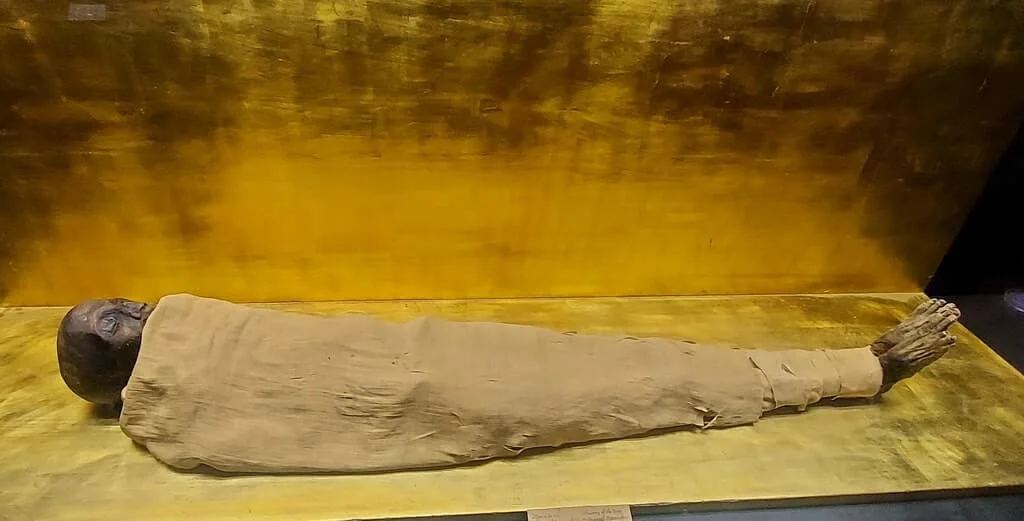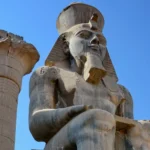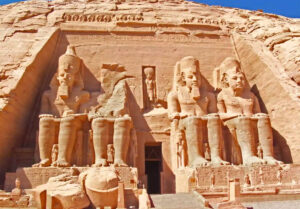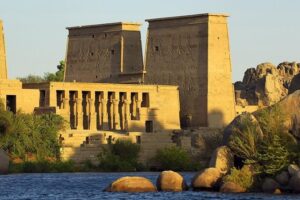The Old Kingdom of ancient Egypt was a period of great stability and prosperity, a time often referred to as the “Age of the Pyramids.” This significant era, lasting from roughly 2686 to 2181 BCE, encompassed the Third through the Sixth Dynasties. During this time, a powerful, centralized government first emerged, and the Egyptians embarked on building the monumental pyramids that are famous today.
The Third Dynasty: A New Era of Innovation

The Old Kingdom began with the Third Dynasty, and it was a true turning point in Egyptian history. King Djoser, its first pharaoh, marked his reign with a monumental project: the Step Pyramid at Saqqara . This was the first large-scale stone building ever constructed. Djoser’s brilliant vizier, Imhotep, designed it as a series of six stone platforms stacked on top of one another. Ultimately, the structure symbolized a stairway to the heavens, intended to help the pharaoh’s soul reach the afterlife.
The Fourth Dynasty: The Golden Age of Construction

Following the Third Dynasty, the Fourth Dynasty became the peak of the Old Kingdom, a period of intense architectural development. It was then that the most famous pyramids were built. King Sneferu, the first pharaoh of this dynasty, was a particularly prolific builder. He built three major pyramids, with the Red Pyramid being his final and most successful one. It was, in fact, the first true, smooth-sided pyramid ever built.
Subsequently, Sneferu’s son, Khufu, went on to build the largest pyramid of all: the Great Pyramid of Giza. This vast complex also includes the pyramids of his son, Khafre, and grandson, Menkaure. For nearly 4,000 years, the Great Pyramid stood as the world’s tallest structure. Furthermore, the Great Sphinx, a colossal statue with the body of a lion and the head of a pharaoh, also guards the Giza complex.
Government and Society
As for the government and social structure, the pharaoh stood at the very top. As a divine king, he was believed to be a living god who held absolute power. To help him manage the kingdom, a large bureaucracy was established. The vizier, as the most powerful official, acted as the chief administrator. The capital city of this powerful state was Memphis. Society was strictly hierarchical: at the top was the pharaoh, followed by nobles and officials. However, the vast majority of the population were farmers, who also worked on state projects like the pyramids.
Religion and the Afterlife
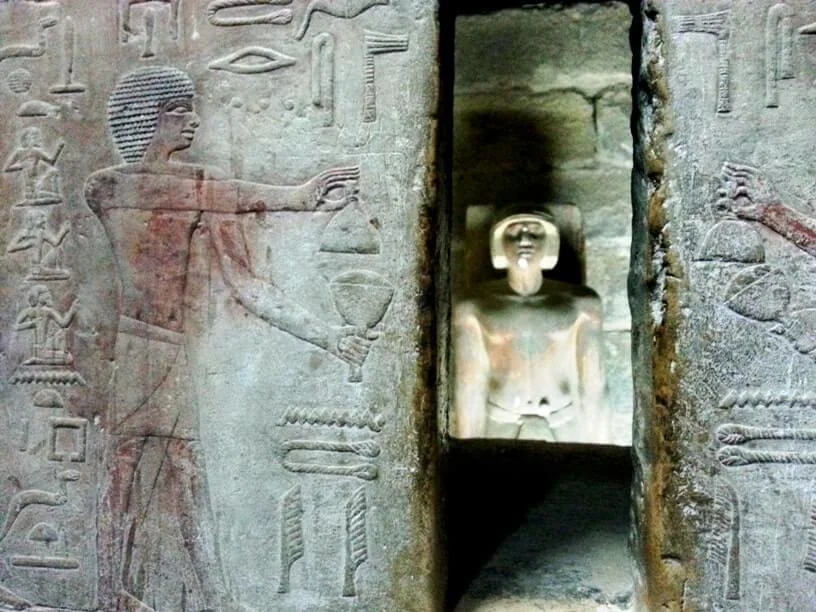
In regards to their religious beliefs, religion was central to the daily lives of Egyptians. They worshipped many gods and goddesses. For example, they considered the sun god Ra a particularly important deity. The people also considered the pharaoh the essential link between these deities and themselves. The pharaohs built the pyramids to help their souls reach the afterlife, making the structures more than just tombs. They were complex religious structures. Consequently, the Egyptians’ belief that they needed to preserve the body led them to develop advanced mummification techniques. They also filled tombs with everything the deceased would need for their eternal journey.
The Decline of the Old Kingdom
Eventually, the Old Kingdom began to decline late in the Sixth Dynasty. The pharaohs’ power started to weaken as provincial governors, known as nomarchs, gained more influence. In turn, they began passing their offices down to their sons, which led to the creation of a local aristocracy. Simultaneously, a series of low Nile floods caused widespread famines. The combination of these political and environmental problems ultimately led to the collapse of the central government. The Old Kingdom came to an end, giving way to a period of chaos known as the First Intermediate Period.


